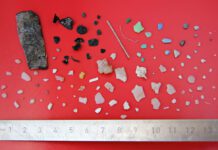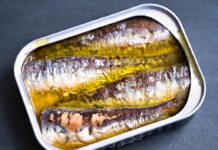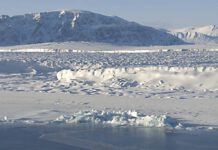 © DigitalGlobe 2007/Kyle Van Houtan/Marine Photobank
© DigitalGlobe 2007/Kyle Van Houtan/Marine Photobank
Bottom trawling also known as dragging damages the living seafloor Bottom trawlers catch fish by dragging nets across the seafloor. Some trawlers put rockhopper gear, including old tires, along the base of their nets to roll over rocky reefs so they can catch fish hiding between the rocks. Dredges drag nets with a chain mesh base through soft sand or mud to catch scallops and sea urchins. These types of fishing gear crush life on the seafloor and damage the places where fish feed and breed. Some scientists believe that fishing with rockhoppers and dredges harms the ocean more than any other human activity. Once the living seafloor is damaged, it can take centuries to grow back. Near Australia, bottom trawlers have pulled up and destroyed six-foot-tall gorgonians (coldwater coral) that were at least 700 years old. And with trawl fleets fishing all over the world, the seafloor in popular spots never gets a chance to recover. Parts of the North Sea off Denmark are trawled up to 400 times a year. (Source: Monterey Bay Aquarium Seafood Watch)











